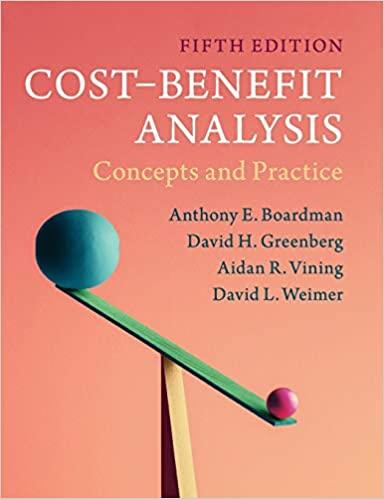York Company engaged in the following transactions for Year 1. The beginning cash balance was $86,000 and the ending cash balance was $59.100. 1. Sales on account were $548,000. The beginning recelvables balance was $128,000 and the ending balance was $90,000. 2. Salaries expense for the period was $232,000. The beginning salaries payable balance was $16,000 and the ending balance was $8,000. 3. Other operating expenses for the period were $236,000. The beginning other operating expenses payable balance was $16,000 and the ending balance was $10,000. 4. Recorded $30,000 of depreclation expense. The beginning and ending balances in the Accumulated Depreclation account were $12,000 and $42,000, respectively. 5. The Equipment account had beginning and ending balances of $44,000 and $56,000, respectively. There were no sales of equipment during the period. 6. The beginning and ending balances in the Notes Payable account were $36,000 and $44,000, respectively. There were no payoffs of notes during the period. 7. There was $4,600 of interest expense reported on the income statement. The beginning and ending balances in the interest Payable account were $8,400 and $7,500, respectively. 8. The beginning and ending Merchandise Inventory account balances were $22,000 and $29,400, respectively. The company sold merchandise with a cost of $83,600 (cost of goods sold for the period was $83,600 ). The beginning and ending balances in the Accounts Payable account were $8,000 and $6,400, respectively. 9. The beginning and ending balances in the Notes Recelvable account were $60,000 and $100,000, respectively. Notes receivable result from long-term loans made to employees. There were no collections from employees during the period. 10. The beginning and ending balances in the Common Stock account were $120,000 and $160,000, respectively. The increase was caused by the issue of common stock for cosh. 11. Land had beginning and ending balances of $24,000 and $14,000, respectively. Land that cost $10,000 was sold for $6,000, resulting in a loss of $4,000. 12. The tax expense for the period was $6,600. The Taxes Payable account had a $2,400 beginning balance and a $2,200 ending balance. 13. The investments account had beginning and ending balances of $20,000 and $60,000, respectively. The company purchased investments for $50,000 cash during the period, and investments that cost $10,000 were sold for $22,000, resulting in a $12,000. Required a. Determine the amount of cash flow for each ltem and indicate whether the item should appear in the operating, investing, or financing activities section of a statement of cash flows. Assume York Company uses the direct method for showing net cash flow from operating activitles. b. Prepare a statement of cash flows using the direct method. Complete this question by entering your answers in the tabs below. Determine the amount of cash flow for each item and indicate whether the item should appear in the operating, investing, or financing activities section of a statement of cash flows. Assume York Company uses the direct method for showing net cash flow from operating activities. (Any cash outfow should be indicated by a minus sign. Select "No effect" if there is no effect (i.e., zero variance).) Complete this question by entering your answers in the tabs below. Prepare a statement of cash flows using the direct method. (Amounts to be deducted and cash outflows should be indicated by a minus sign.)









